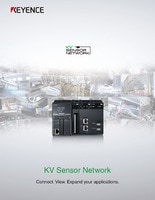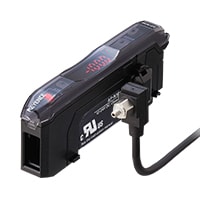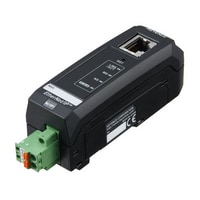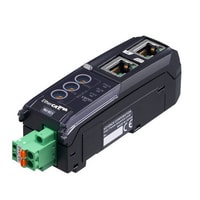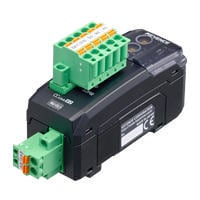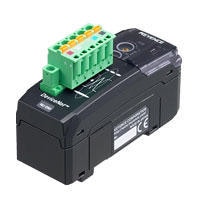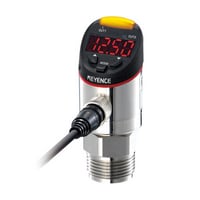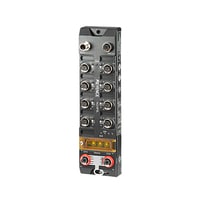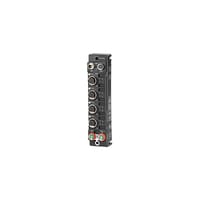Pressure Sensors
This page introduces KEYENCE’s lineup of N-bus–compatible and IO-Link–compatible pressure sensors in addition to the supported networks and connection examples.
- N-bus–compatible pressure sensor lineup
- IO-Link–compatible pressure sensor lineup
- Connection example
- Network example
- Supported networks
- Typical connection example
N-bus–compatible pressure sensor lineup
N-bus–compatible pressure sensors
NU Series network communication units
IO-Link–compatible pressure sensor lineup
IO-Link–compatible pressure sensors
NQ Series network communication module
Connection example
NU Series network communication units can be used to connect N-bus–compatible pressure sensors.
- Using N-bus–compatible devices makes it possible to connect different models together.
- Up to 16 sensors can be connected to a single communication unit.
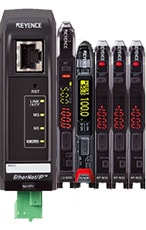
From left: NU-EP1, LV-N10, FS-N40, AP-N10 (×3)
Network example
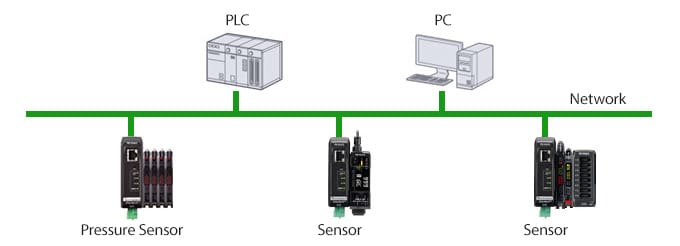
- A network-compatible unit or board is required for PLCs and PCs.
Supported networks
| Series | Field network | Other communication functions | |||||||
|---|---|---|---|---|---|---|---|---|---|
| EtherNet/IP® |
DeviceNet® |
CC-Link | IO-Link | PROFINET |
PROFIBUS |
EtherCAT® |
Ethernet TCP/IP |
RS-232C RS-422A/485 |
|
| Pressure Sensor AP-N Series |
Field network
✓
(NU-EP1) |
✓
(NU-DN1) |
✓
(NU-CL1) |
—
|
*1
|
*1
|
✓
(NU-EC1A) |
Other communication functions
—
|
—
|
| Heavy Duty Digital Pressure Sensor GP-M Series |
Field network
—
|
—
|
—
|
✓
(NQ Series) |
—
|
—
|
—
|
Other communication functions
—
|
—
|
- Click here to contact KEYENCE regarding PROFINET and PROFIBUS connections.
Typical connection example
Using an NU Series communication unit makes it possible to collect and manage various information from N-bus–compatible pressure sensors. This allows for the construction of information systems for batch monitoring of pressures at various locations, predictive maintenance, changeovers, quality management, and more.
The following example includes network-connected pressure sensors.
Real-time monitoring of suction pad wear
Monitoring the pressure values makes it possible to check suction pad wear conditions without the need for periodic inspections.
Optimizing suction pad replacement timing can help reduce the time and costs spent on maintenance.
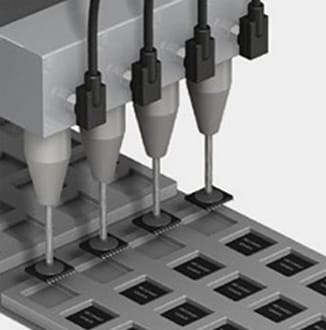
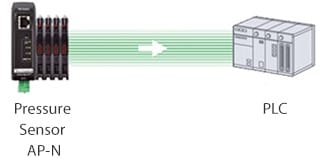
(Peak/bottom hold)


